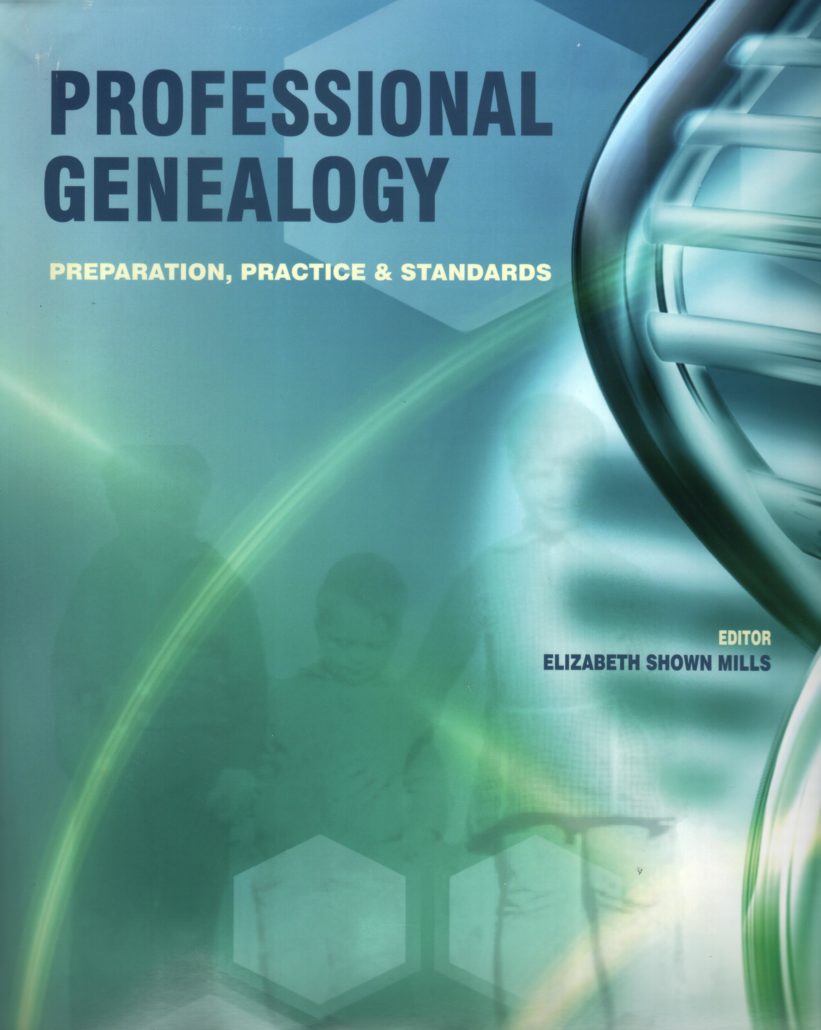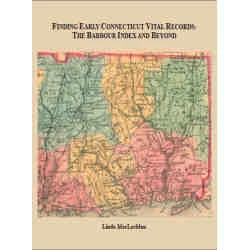
The following article was excerpted by Elizabeth Shown Mills, editor, from Professional Genealogy: Preparation, Practice & Standards (Baltimore: Genealogical Publishing Co., 2018), pp. 265–92.
Genealogists think about the information they find and what it might say or imply about the past. They assess both information and the sources that contain the information. These assessments usually are mental. Often called genealogical “analysis,” the process help us understand the qualities and likely reliability of the evidence we might form from information within a source.
Recorded or reported information originates with observers. Eyewitnesses, being human, give imperfect accounts of what they saw. Nonetheless, their accounts are likely to be more accurate than hearsay. Each retelling of an account typically omits details or adds embellishments or distortions. After several iterations, the story may differ substantially from the eyewitness’s account.
Census enumerators, clerks, interviewers, recorders, reporters, and others write down information while someone tells it. The speaker, not the writer, is the informant. Sometimes, a scribe may fill both roles. For example, when religious officials record burials, they may record not only what they did and observed but also information someone else provided about the person’s birth and parents. The information the officiant gave as an eyewitness is more likely accurate than the secondhand account received from the deceased’s distraught kith and kin. Obviously, whatever the source, we must untangle information items and assess each separately.
Genealogists use the term primary information for eyewitness accounts. Its antithesis, secondary information, comes from people who did not see the events they report—rather, they read or heard about those events from someone else.
Secondary informants describe memories of words they heard, not memories of the events themselves. Because retelling introduces error into information, especially without follow-up questioning, primary information usually contains fewer errors than secondary information. Because genealogists need accurate information for evidence, we prefer primary information over secondary. The evidence we assemble to support a conclusion is unlikely to be convincing if we have no evidence from an eyewitness.
Distinguishing primary from secondary information requires us to understand answers to two questions:
Who was the item’s informant? Sources sometimes identify their informants—for example: the family member, physician, recorder, and sexton who gave information for a death certificate. When a source does not identify an informant, the researcher may be able to deduce that person’s identity or role. In some cases, however, the identity or role is undeterminable.
Was the informant an eyewitness? The informant’s identity, the information’s specificity, its content, and its context help researchers understand whether an information item came from an eyewitness or someone else. Researchers sometimes do not have enough information to make this determination.
When we cannot answer the second question about an information item, we assess it as “undetermined.” This avoids undervaluing information that could be primary or overvaluing information that might be secondary. The term also implies a possibility of making a future determination.
Primary information is not necessarily accurate information. Informants lie and they make mistakes.
In addition to appraising the overall attributes of each information item used for evidence, genealogists also assess each item’s content, context, and informant.
Detailed analysis includes assessing the legibility and consistency of the information. It requires a determination of the time lapse between the first recording of that information and the event it mentions. Illegibility, internal inconsistencies, and delayed recordings suggest vulnerability to error, perhaps diminishing the value of evidence derived from that information item.
Genealogists assess context by asking why an information item says what it says. What was the information’s purpose? What triggered its telling or recording? Could it reflect an unrecorded event? Context assessment also includes looking for consistencies and inconsistencies between an information item and surrounding information.
Informant assessment is possible only when we can determine the identity or role of the person who provided the information. If that determination succeeds, we then consider the informant’s reliability as a witness and reporter—and we consider the informant’s potential for benefiting from false information. As a rule, information from an impartial party, an adult witness, and an informant with a good memory are more likely reliable than items from elsewhere.





